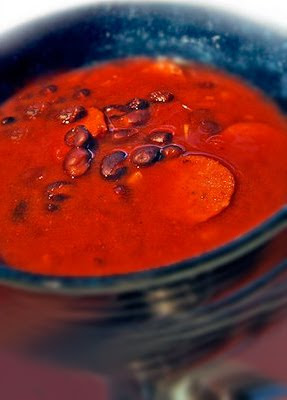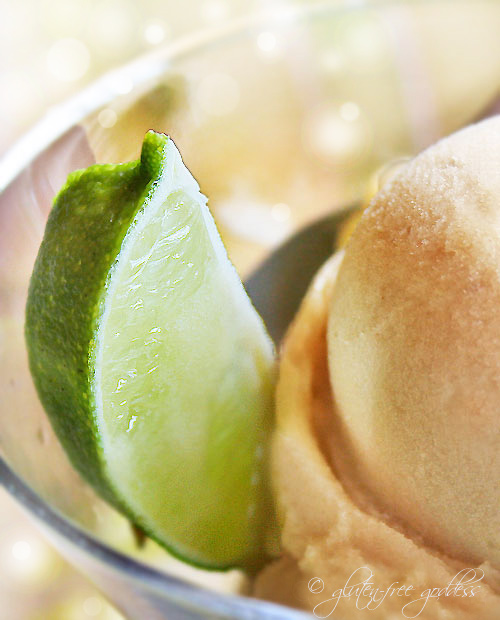 |
| Gluten-free penne arrabiata- spicy and easy |
The last meal of our two-week honeymoon in Italy was in Rome- on the way to the airport. And I'll never forget it. It was penne tossed in a spicy red sauce. My first Arrabiata. Here's my gluten-free version- a simple and fast recipe perfect for a weeknight supper.
Penne Arrabiata Recipe with Brown Rice Pasta
Use fresh Roma tomatoes in this classic Italian recipe- or go postmodern and grab a can of spicy diced tomatoes from the pantry. Hey I'm no snob- I've used both. And both are delicious. Make this quick and easy pasta sauce as spicy or as mild as you like. There's plenty of room for improvisation in this simple recipe. Follow your taste buds.
Ingredients:14 oz. gluten-free penne pasta, such as Tinkyada Brown Rice Penne

4-6 tablespoons extra virgin olive oil
1 medium onion, diced
4-6 cloves fresh garlic, minced
1 pint Roma tomatoes, diced- or 1 14.5 oz. can Muir Glen organic fire roasted diced tomatoes

with spicy chiles
2-4 oz. chopped roasted green or red chiles- hot or mild, according to taste
Hot red chile pepper flakes, to taste
Sea salt and fresh ground pepper, to taste
A goodly splash or two of balsamic vinegar
4 tablespoons shredded Parmesan or vegan cheese, or omit for dairy-free
4 tablespoons chopped fresh parsley
Instructions:
Bring a large pot of salted water to a rolling boil and cook the penne until it is al dente- tender but still slightly firm.
Meanwhile, in a large deep skillet, heat roughly 4 tablespoons of extra virgin olive oil over medium heat; add the onion; stir and cook until softened. Add the chopped garlic; stir and cook for a minute.
Add in the fire roasted diced tomatoes, chopped roasted chiles, red pepper flakes, sea salt and pepper, and balsamic vinegar. Stir to combine.
Bring the sauce to a gentle simmer, lower the heat and keep on a low simmer while you boil the penne pasta.
When the penne is ready, drain it and pour it into the skillet.
Drizzle the cooked penne with 2 tablespoons of extra virgin olive oil (or use pasta water). Toss the penne gently to coat it in the Arrabiata sauce.
Serve in warm bowls. Sprinkle generously with shredded Parmesan or vegan cheese, and some fresh chopped parsley.
Serves 4.
Notes:
Fresh Roma tomatoes are traditional- but in a pinch I've used all kinds of different varieties- even yellow heirloom tomatoes. Why not? [Just don't tell Mario Batalli.]
More Mediterranean Recipes Featuring Pasta:
Mediterranean Tuna and Artichoke PastaPesto Zucchini Tomato GratinMediterranean Pasta FrittataPasta with Toasted Pecans, Raisins & Artichoke Hearts


















.png)


.png)







